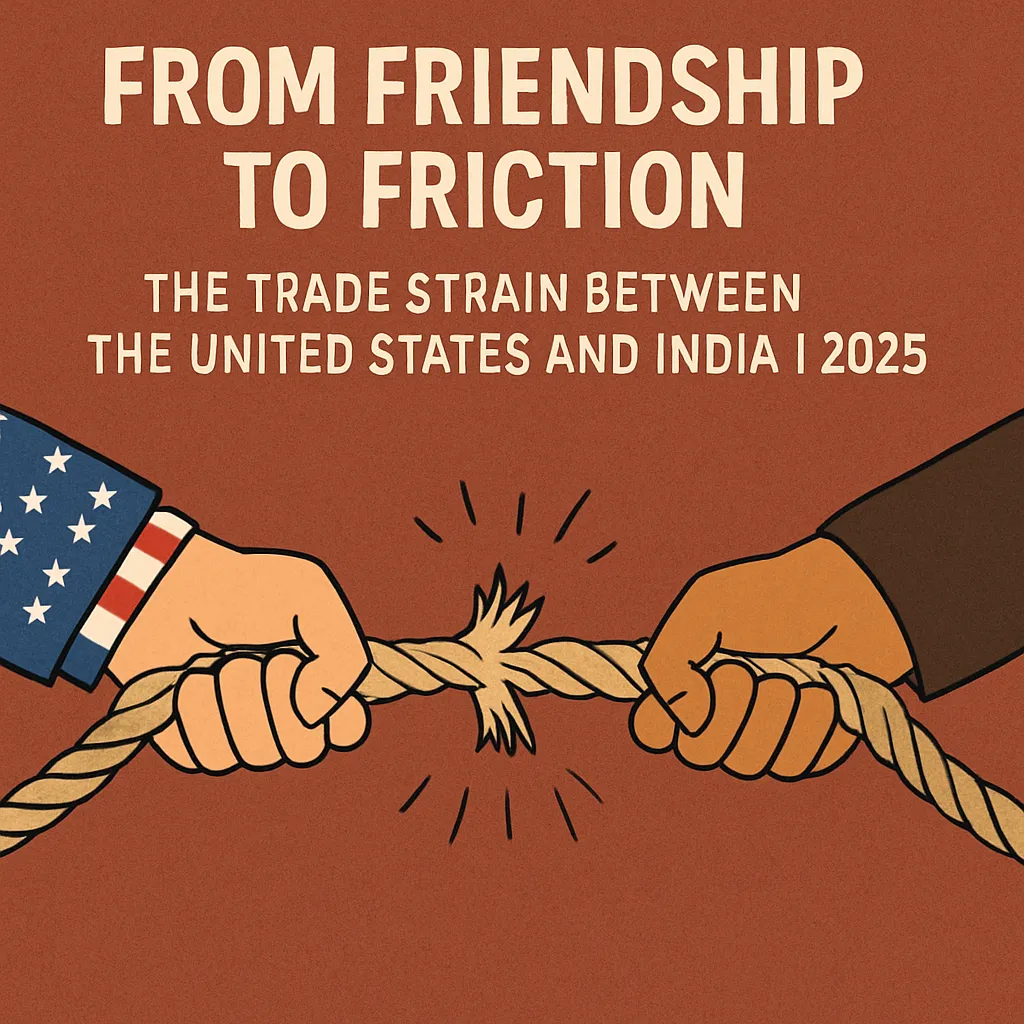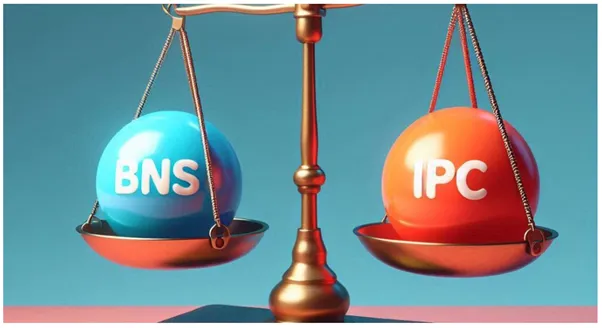Dr. Binu Joseph
(Assistant Professor NAGLS, Bangalore)
For over two decades, the United States and India have cultivated a strategic partnership based on shared democratic values and mutual interests. Yet, in 2025, economic friction has taken center stage, as trade tensions between the two countries intensify.
A Growing Trade Partnership—Now Under Pressure
Trade between the U.S. and India has steadily increased over the years. In 2024, bilateral trade reached $200 billion, with India enjoying a trade surplus of over $40 billion. While this growth reflects strong ties, it has also led to growing complaints in Washington about “imbalanced” trade and market access restrictions.
In early 2025, the U.S. reimposed tariffs ranging from 10–20% on Indian exports such as textiles, steel, and generic pharmaceuticals, citing concerns over unfair trade practices and protectionism. In response, India increased import duties on American almonds, apples, and medical equipment—reviving a tit-for-tat trade dispute reminiscent of 2019.
Key Points of Contention
1. Data Localization
India’s 2023 Digital Personal Data Protection Act mandates data localization, requiring companies like Google, Amazon, and Meta to store Indian user data within Indian borders. The U.S. argues this hurts American tech firms and violates global norms on digital trade.
2. Agricultural Barriers
India maintains high tariffs on U.S. agricultural imports, including 50% on apples and 100% on poultry. American farm lobbies have pressured the Biden administration to push back, especially during a politically sensitive election year.
3. Pharmaceutical IP Rights
India’s dominance in generic drugs—valued at $25 billion in 2024 exports—has long frustrated U.S. pharmaceutical companies. India is again listed on the USTR’s 2025 Priority Watch List, accused of weak intellectual property enforcement.
Strategic Ties vs Economic Friction
Despite trade tensions, both countries continue cooperation in defense, energy, and technology. The U.S.-India Initiative on Critical and Emerging Technologies (iCET) remains active, and joint projects in semiconductor manufacturing are progressing.
But trade friction risks overshadowing these gains. In a recent World Bank report (2025), analysts warned that prolonged disputes could shave 0.2–0.4% off India’s annual GDP growth if retaliatory tariffs persist.
Domestic Pressures Driving Policy
U.S. officials, under electoral pressure, are emphasizing “fair trade” and reshoring. Meanwhile, India’s Atmanirbhar Bharat (Self-Reliant India) agenda pushes for reduced dependency on imports and greater economic nationalism. Both governments are playing to their domestic audiences.
Looking Forward
While a full-fledged trade war is unlikely, the current friction is a wake-up call. Experts suggest a bilateral trade framework or sector-specific agreements could help ease tensions. In the meantime, businesses are caught in the middle of a geopolitical balancing act.
Conclusion
Trade between the U.S. and India is at a critical juncture in 2025. The friendship remains intact—but unless managed carefully, economic friction could weaken one of the world’s most important bilateral relationships.








